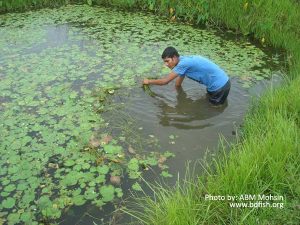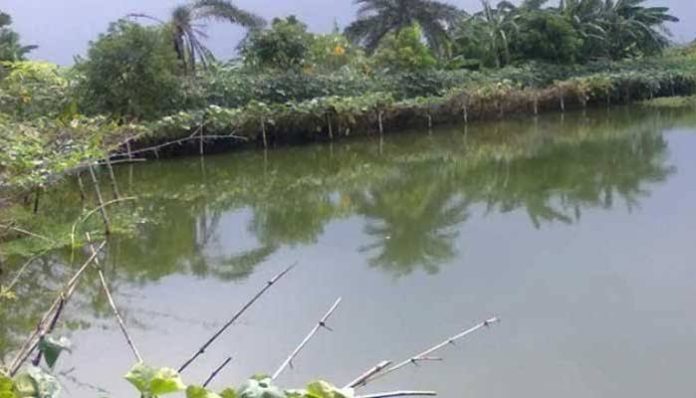Pond Ecosystems Ponds are best suited to get a close look at the tiger ecosystem in Bangladesh.
Because pond banks are created by humans and with their help, the most useful animals to see or see closely are the pond banks. Cal etc. include producers, first level consumers, second level consumers, third level consumers, and the production of vegetables, government, various types of algae, floating micro-organisms called fly kangtong or plant plancode station process food, so their producers are called various types of floating gills, insects and mosquitoes. Animals Carnivorous fishes are also the first eaters of floating animals and sacrifice these foods to prepare their own food
Can therefore play or live directly on producers and second level food is small fish some aquatic frogs natural variety Second level consumers who cannot prepare and consume the production directly as food First body consumes as food third party open eaters small fish shrimp They eat alkaloids, their third victim is dried fish, big fish, buck, etc., are the third level or highest eaters. Many fungi and bacteria live as dead organisms in ponds. Useful organic and inorganic chemicals are regenerated to produce the products

Green plants are the most productive of the classIf green plants do not make food as the first thing among the material elements, herbivores can die by creating water and human food. When food is affected from energy production to different levels of consumers, then together it is called food chain or food chain. The green grass is the producer or the part of the cough that survives by eating the special part of the grasshopper.

